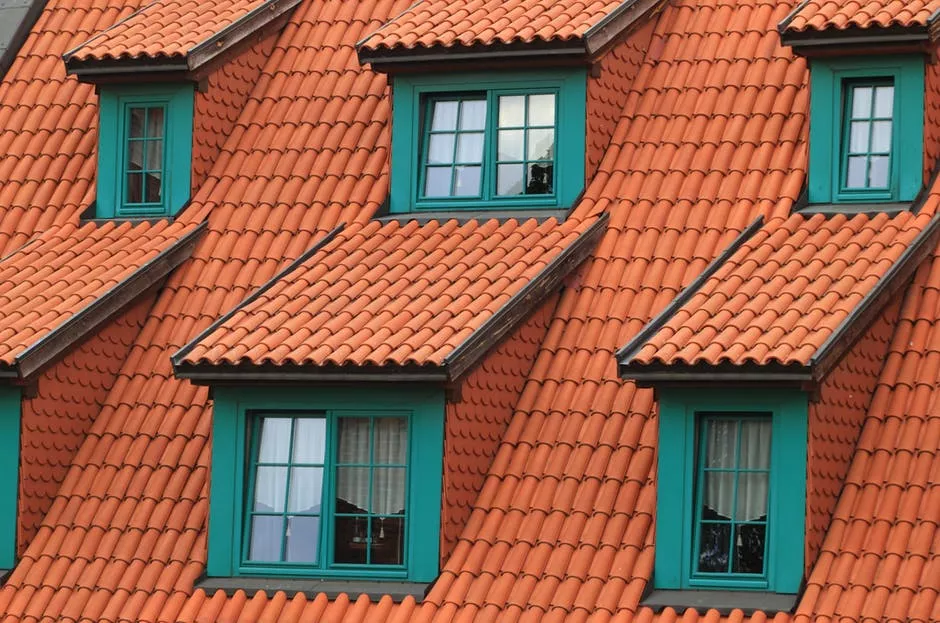Roofing materials impact the environment during production and in terms of lifespan. Choosing sustainable options reduces the demand for new materials and promotes a circular economy. Metal roofs are energy-intensive to produce, but their longevity and ability to be recycled at the end of their life save resources.
Environmentally Friendly
Getting roof replacements doesn’t have to mean harming the environment. Many environmentally friendly options for commercial roofs offer a wide range of benefits. Sustainable roofing materials are defined as those that are produced without depleting or permanently damaging their resource and which provide social, environmental, and economic benefits. Generally, any material that uses fossil fuels or mined materials is considered non-sustainable. Some popular sustainable roofing materials include clay tile roofs and wood shakes or shingles. These types of roofs are durable, recyclable, and have excellent insulating properties. These roofs are also fire-resistant, limiting the damage that could occur in a fire. Other sustainable roofing materials include reflective roofs, which are typically white and can help lower energy costs for property owners. These roofs can reduce the heat the building absorbs, which will, in turn, cut down on air conditioning expenses. A recent option is spray foam, a highly effective and versatile roofing material. It is a good insulator and can be applied to an existing roof surface, meaning that no tear-out is required and less waste is produced. Additionally, this type of roofing has a long lifespan and will not need to be replaced as frequently as other traditional roofs.
Energy Efficient
Choosing an eco-friendly roof will help you save on your energy costs. Sustainable roofing materials can help reduce the heat in your home, so you’ll have to use less air conditioning to keep your space comfortable throughout all seasons. These savings will add up over the lifespan of your roof and can be significant compared to your monthly utility bills. You can choose from several sustainable roofing materials when replacing your roof. Many are made from recycled and renewable resources, and they are fire-resistant. They also provide excellent insulation for your building, which can lower your energy bill. Some of the most sustainable roofing materials are clay roof tiles, wood shingles and shakes, and natural slate. Clay roof tiles are made from natural clay, a renewable and recyclable resource. It’s ideal for warmer climates because it helps keep your home cool by absorbing and dispersing sunlight throughout the year. Slate is another sustainable choice because it’s one of the longest-lasting roofing materials and can last up to 100 years! The most crucial factor to consider when selecting a roofing material is whether it’s sustainable. A sustainable roofing product is a material produced without depleting the resource and does not cause irreparable damage to the environment. Therefore, any roofing products that utilize fossil fuels or mined materials are not considered sustainable by most environmental experts.
Durable
Your home’s roof is prominent and takes a beating from the elements. A durable roofing material can resist the weather and last longer, reducing the need for early replacement and lessening the drain on natural resources and landfills. When selecting your roofing materials, choose ones with high recycled content. Shingles made with recycled content offer the durability of traditional shingles. They are available in various aesthetic options, such as those that replicate slate tiles or wood shake shingles. They also provide good thermal properties. Metal roofs are long-lasting and can reflect heat gain, lowering energy bills. Green and brown roofs are becoming more common, promoting biodiversity and adding natural beauty to urban areas. They’re also excellent insulators and help reduce greenhouse gas emissions. Choosing sustainable roofing materials will improve the value of your home and increase its resale potential. These roofing products require lower maintenance and can be recycled when it is time to replace them.
Additionally, they have a lower total lifecycle cost, including the product’s price throughout its lifespan and the costs of operating the building, such as heating and cooling. This can significantly decrease utility bills and save you money in the long run. Moreover, they’re an excellent choice for commercial buildings, allowing landlords to attract tenants with environmentally friendly spaces.
Affordable
If you are a responsible homeowner passionate about the environment and want to make your home more eco-friendly, your roof must be made from sustainable materials. This will last longer, reduce energy costs, and help protect the planet. It is possible to find environmentally friendly and affordable roofing materials. Metal roofs are one of the most affordable sustainable roofing options available today, and they are also durable, energy efficient, and easy to maintain. They are an excellent choice for homeowners who want to save on their electric bills or those who live in a windy area. However, it’s essential to consider how metal roofing is produced and ensure it is sourced sustainably. Wood shingles and shakes are another good sustainable option, as they are made from all-natural, renewable materials harvested from forests without harming them or their ability to regenerate. These roofs are also rot-resistant and can last 30 years or more, so they are an excellent choice for those looking for a more traditional roofing option. Clay tiles are another eco-friendly option that is very affordable and offers a wide range of colors, styles, and finishes to suit any home aesthetic. These roofs insulate well and minimize heat transfer, so they will help you save on your utility bills.







